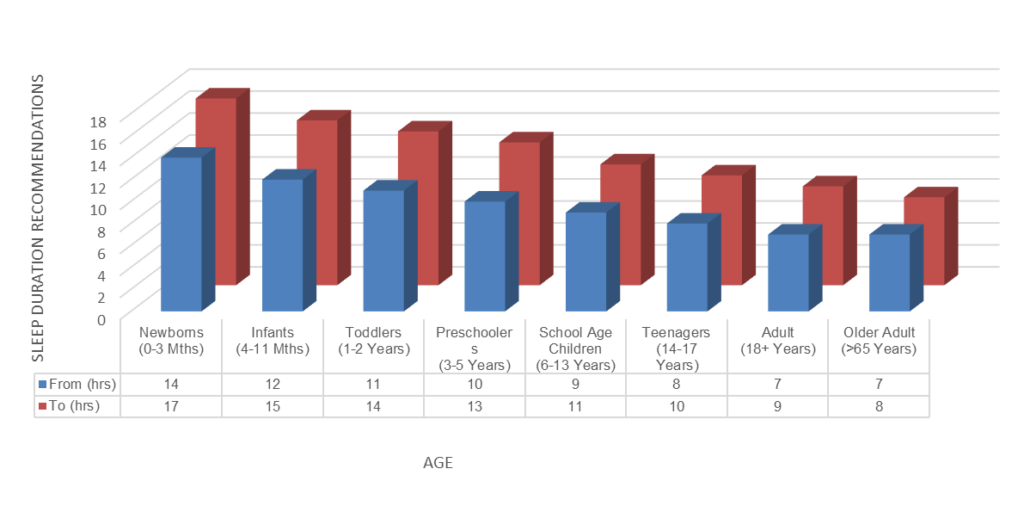
Sleep Information
In terms of sleep, if your child has Autism this could frequently have an impact on their sleep routine due to heightened sensory input and difficulties with self-regulation. The excitability before bed may be linked to sensory overload or an inability to effectively calm down after a stimulating day.
It is important to decide on a bedtime which is suitable for your child’s age. Putting them to bed at the same time each night and waking them at the same time each morning; including at weekends will strengthen their body clock and help them to develop a regular sleep and wake cycle.
Sleep needs change as children get older. It helps to have an idea of how much sleep your child needs as this will be different depending on their age. All children are unique, and some will need more or less sleep than others.
Daytime naps can help prevent young children becoming overtired. However, these should be scheduled to ensure your child does not have a prolonged nap in the late afternoon which is too close to bedtime.
Bed time Routine

Prepare your Child for Bed
A consistent bedtime routine is important as it teaches your child what to expect in the time leading up to bedtime.
All electronic devices should be turned off at least one hour before bedtime this includes T.V, computers, games consoles and mobile phones. The blue light from screens stimulates brain activity which delays the onset of sleep.
Help them to become involved in a quiet, relaxing activity such as colouring/drawing or building a jigsaw in the lead up to bedtime.
Baths are helpful but only if your child finds them relaxing. Ideally a bath should take place at least 30 minutes before bedtime.
The bedtime routine should last about 20-30 minutes and have an end-point which your child will know means it is time to go to sleep, such as turning out the light and saying goodnight and leaving the room.
Examples of Bedtime Routine

Gradual Stages of Change
If your child will not settle to sleep by themselves and needs you with them this is a useful method of helping them to learn to settle to sleep alone. Rather than leaving your child to cry, you can gradually increase the distance between you and your child over a period of time until they no longer need you beside them to fall asleep. This can take a period of weeks and should begin with you sitting on a chair by the child’s bedside and gradually moving the distance of the chair from the bedside until you are able to sit outside the door. If your child wakes you should return to the stage you were at when you had settled your child to sleep.

Bedroom environment
- Ensure that a child’s bed is associated with sleeping, not with playing. If possible do not keep toys in the bedroom (or put them away in cupboards as part of the bedtime routine).
- If your child is awake in bed for more than 20 minutes, they will associate being in bed with being awake, rather than with being asleep. Consider moving them downstairs until they feel sleepier.
- Check your child’s bedroom for noise levels, temperature, light or anything else which might be disturbing their sleep. For example, extended hours of daylight in summer can cause problems with settling and early waking, so fitting blackout blinds may be helpful.
- Aim to use calming colours (neutrals, blues, lilac for example) and avoid bright stimulating colours e.g., wall colours.
- Consider position of bed within the room – would he prefer to look towards the door for instance.